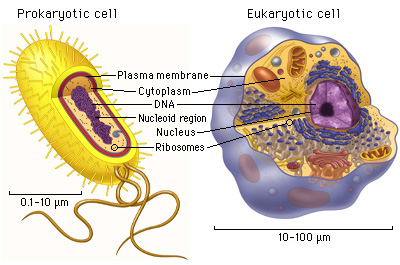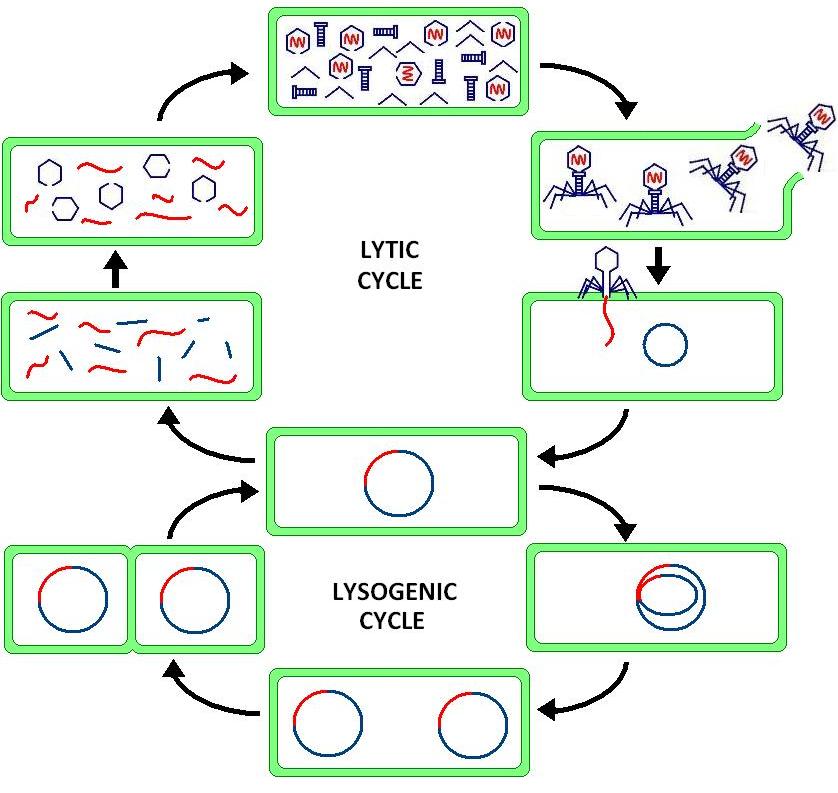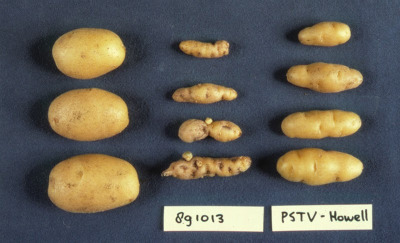In week 4, we had learned about discovery of cells. At the end of this lect
ure, we will able to explain the cell theory and its implication, describe the characteristics of living things, compare and contrast a prokaryotic and eukaryotic cells and virus characteristics and lastly determine whether a cell is prokaryotic or eukaryotic or virus based on description given.
We are given a task to find out the name of scientist based on contribution to cell theory, date of discovery and illustration of their discovery or invention. For the first scientist was Robert Hooke (1665). He was discovered cell while looking through a slices cork and he also described cells as tiny boxes or honey comb. He thought cells only existed in plants and fungi. His invention was microscope.

Robert Hooke (1665)
For the next scientists was Anton Van Leeuwenhoek (1673). He used his hand made microscope to view samples from a pond and discovered single cell organisms. He improved magnification by polishing lenses and discovered bacteria from a sample of saliva from his mouth.

Anton Van Leeuwenhoek (1673)
Next for Theodore Schwann (1839) was discovered that animals were made up of cells. His invention was published micrograph that declared all animals and plants are made from one single fundamental unit.

Theodore Schwann (1839)
Lastly, Rudolf Virchow (1855) stated that all living things come from other living things. His invention was published a scientific journal about cell that form from division and support Schwann’s and Schleiden’s explanation about the origin of cells.

Rudolf Virchow (1855)
Other than that, we have find out the cell theory. According to what I had learned about cell theory during my matriculation session was all living things are made up of cells, cells are the basic units of structure and function in living things and living cells come only from other living cells. For the modern cell theory has additional 4 statements which were the cell contains hereditary information which is passed on from cell to cell during cell division, all cells are basically the same in chemical composition and metabolic activities, all basic chemical and physiological functions are carried out inside the cells (movement, digestion, homeostasis etc) and cell activities depends on the activites of subcellular structures within the cell (organelle, nucleus and plasma membrane).
Next, we have to find out the similarities and differences between prokaryote and eukaryote. The similarities are they both have DNA as their genetic material, they are both membrane bounded organelles, the both have ribosomes, the have similar basic metabolism, the are both amazingly diverse in forms.

Prokaryote vs eukaryote cells

The differences between prokaryotic and eukaryotic cells
Now, we were going to talk about archaea cell wall. Members of the domain Archaea cell walls composed of protein , a complex carbohydrate, or unique molecules resembling but not the same as peptidoglycan. Then I had learned about capsules/slime layers, bacterial cell membrane, nucleoid region, flagella and pili, endospores, plasmids, reproduction and metabolism. Moreover we also had knew the beneficial bacteria and pathogenic bacteria. Examples in using beneficial bacteria is remove pollutants from water, air and soil and for pathogenic bacteria can cause diseases such as E.coli.

Example on beneficial bacteria : Nitrogen fixation

Besides, we also had learned about viruses. At the end of this lecture, we will able to describe the structure and properties of a virus, compare a virus with a free-living cell and describe what viroids and prions. I had learned about the properties of virus which were no membranes, cytoplasm, ribosomes, or other cellular components. Viruses also cannot move or grow and they can only reproduce inside a host cell etc.

Examples of virus
Viruses can be classified according to their genetic material, virus shape, symmetry of capsid, presence or absence of the envelope and type of the host. Viruses reproduce in 2 ways lytic cycle and lysogeny cycle.

Lytic cycle and Lysogeny cycle
Next, we move to prions. Prions is an infectious agent that is composed primarily of protein. It was propagate by transmitting a mis-folded protein state. The process is dependent on the presence of the polypeptide in the host diagram. Prions implicated in number of diseases in a variety of mammals. The specific protein that the prion was composed of is also known as the Prion Protein (PrP). (PrP) is found throughout the body, even in healthy people and animals. Example of prion diseases are Alzheimer’s and Parkinson’s dieseases.

The prion theory

Example of prions
Lastly for this week lecture, we had learned detail about Viroids. Viroids is a small circular RNA molecules wihout a protein coat. A viroid can contain as few as 250 nucleotides and viroids only infect plants. The viroid induced diseases lead to dramatic economy losses in agriculture and horticulture worldwide.

Viroids can cause severely misshaped potatoes
Then, we were given a task to do the flyers about the most wanted and the most unwanted bacteria. We were doing discussion in groups and decided to choose the most unwanted bacteria which was Pseudomonas aeruginosa. The aim to this activity is to expose the students to various beneficial and pathogenic Bacteria as well as to know the its economic importance. Next, we had required to watch the video about on history cell of life.
ure, we will able to explain the cell theory and its implication, describe the characteristics of living things, compare and contrast a prokaryotic and eukaryotic cells and virus characteristics and lastly determine whether a cell is prokaryotic or eukaryotic or virus based on description given.
We are given a task to find out the name of scientist based on contribution to cell theory, date of discovery and illustration of their discovery or invention. For the first scientist was Robert Hooke (1665). He was discovered cell while looking through a slices cork and he also described cells as tiny boxes or honey comb. He thought cells only existed in plants and fungi. His invention was microscope.

Robert Hooke (1665)
For the next scientists was Anton Van Leeuwenhoek (1673). He used his hand made microscope to view samples from a pond and discovered single cell organisms. He improved magnification by polishing lenses and discovered bacteria from a sample of saliva from his mouth.

Anton Van Leeuwenhoek (1673)
Next for Theodore Schwann (1839) was discovered that animals were made up of cells. His invention was published micrograph that declared all animals and plants are made from one single fundamental unit.

Theodore Schwann (1839)
Lastly, Rudolf Virchow (1855) stated that all living things come from other living things. His invention was published a scientific journal about cell that form from division and support Schwann’s and Schleiden’s explanation about the origin of cells.

Rudolf Virchow (1855)
Other than that, we have find out the cell theory. According to what I had learned about cell theory during my matriculation session was all living things are made up of cells, cells are the basic units of structure and function in living things and living cells come only from other living cells. For the modern cell theory has additional 4 statements which were the cell contains hereditary information which is passed on from cell to cell during cell division, all cells are basically the same in chemical composition and metabolic activities, all basic chemical and physiological functions are carried out inside the cells (movement, digestion, homeostasis etc) and cell activities depends on the activites of subcellular structures within the cell (organelle, nucleus and plasma membrane).
Next, we have to find out the similarities and differences between prokaryote and eukaryote. The similarities are they both have DNA as their genetic material, they are both membrane bounded organelles, the both have ribosomes, the have similar basic metabolism, the are both amazingly diverse in forms.

Prokaryote vs eukaryote cells

The differences between prokaryotic and eukaryotic cells
Now, we were going to talk about archaea cell wall. Members of the domain Archaea cell walls composed of protein , a complex carbohydrate, or unique molecules resembling but not the same as peptidoglycan. Then I had learned about capsules/slime layers, bacterial cell membrane, nucleoid region, flagella and pili, endospores, plasmids, reproduction and metabolism. Moreover we also had knew the beneficial bacteria and pathogenic bacteria. Examples in using beneficial bacteria is remove pollutants from water, air and soil and for pathogenic bacteria can cause diseases such as E.coli.

Example on beneficial bacteria : Nitrogen fixation

Besides, we also had learned about viruses. At the end of this lecture, we will able to describe the structure and properties of a virus, compare a virus with a free-living cell and describe what viroids and prions. I had learned about the properties of virus which were no membranes, cytoplasm, ribosomes, or other cellular components. Viruses also cannot move or grow and they can only reproduce inside a host cell etc.

Examples of virus
Viruses can be classified according to their genetic material, virus shape, symmetry of capsid, presence or absence of the envelope and type of the host. Viruses reproduce in 2 ways lytic cycle and lysogeny cycle.
Lytic cycle and Lysogeny cycle
Next, we move to prions. Prions is an infectious agent that is composed primarily of protein. It was propagate by transmitting a mis-folded protein state. The process is dependent on the presence of the polypeptide in the host diagram. Prions implicated in number of diseases in a variety of mammals. The specific protein that the prion was composed of is also known as the Prion Protein (PrP). (PrP) is found throughout the body, even in healthy people and animals. Example of prion diseases are Alzheimer’s and Parkinson’s dieseases.

The prion theory

Example of prions
Lastly for this week lecture, we had learned detail about Viroids. Viroids is a small circular RNA molecules wihout a protein coat. A viroid can contain as few as 250 nucleotides and viroids only infect plants. The viroid induced diseases lead to dramatic economy losses in agriculture and horticulture worldwide.

Viroids can cause severely misshaped potatoes
Then, we were given a task to do the flyers about the most wanted and the most unwanted bacteria. We were doing discussion in groups and decided to choose the most unwanted bacteria which was Pseudomonas aeruginosa. The aim to this activity is to expose the students to various beneficial and pathogenic Bacteria as well as to know the its economic importance. Next, we had required to watch the video about on history cell of life.
No comments:
Post a Comment